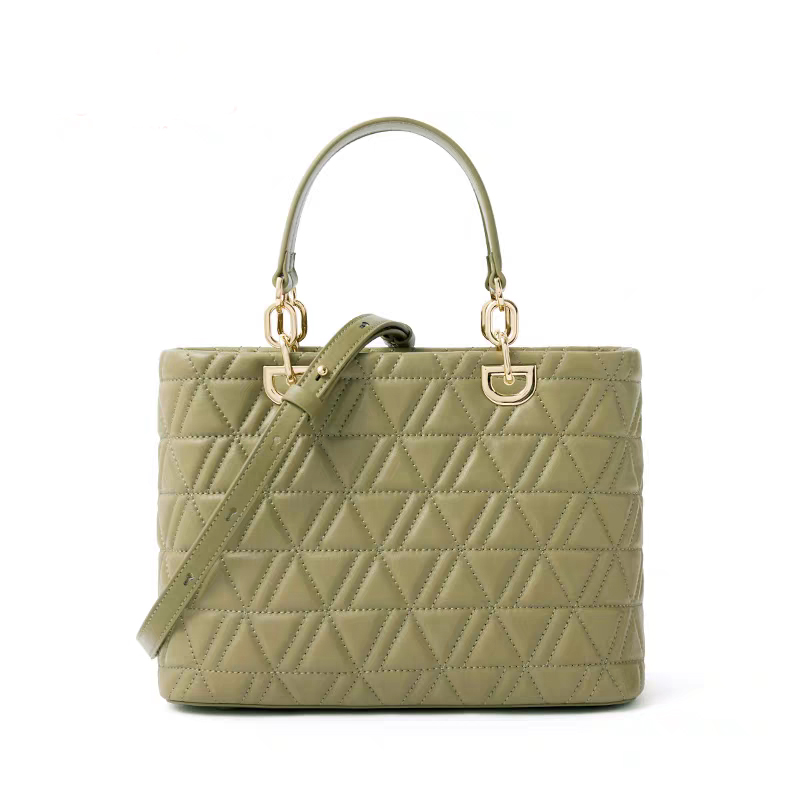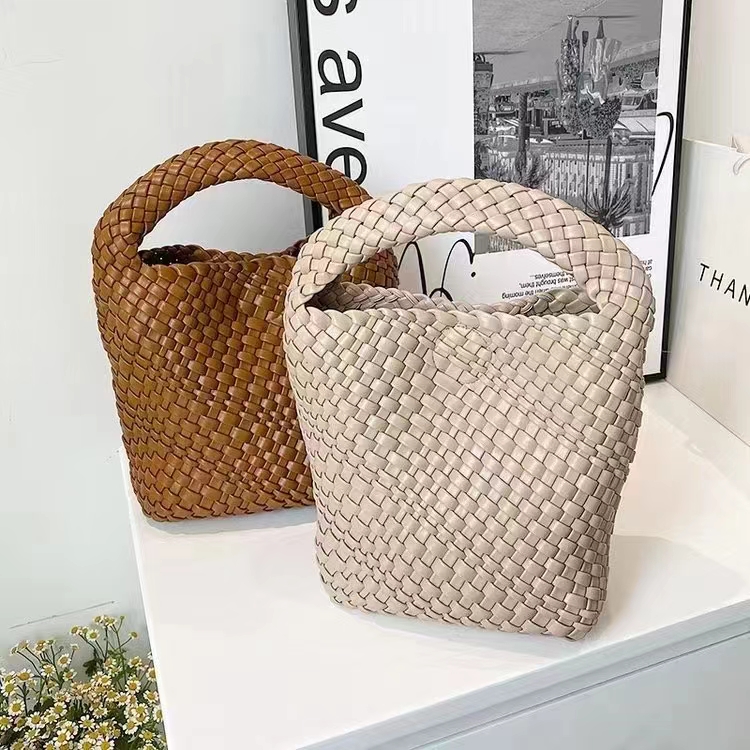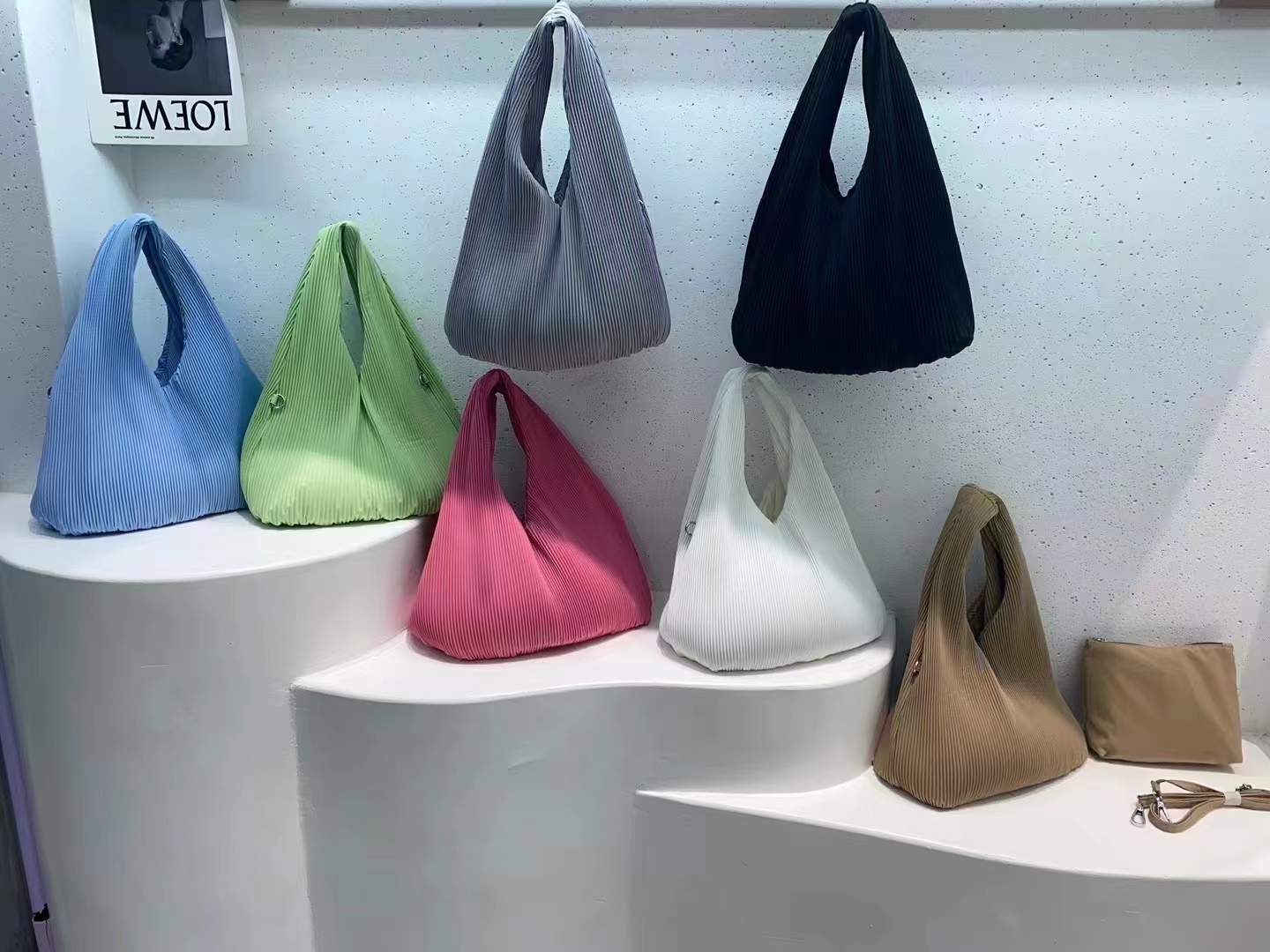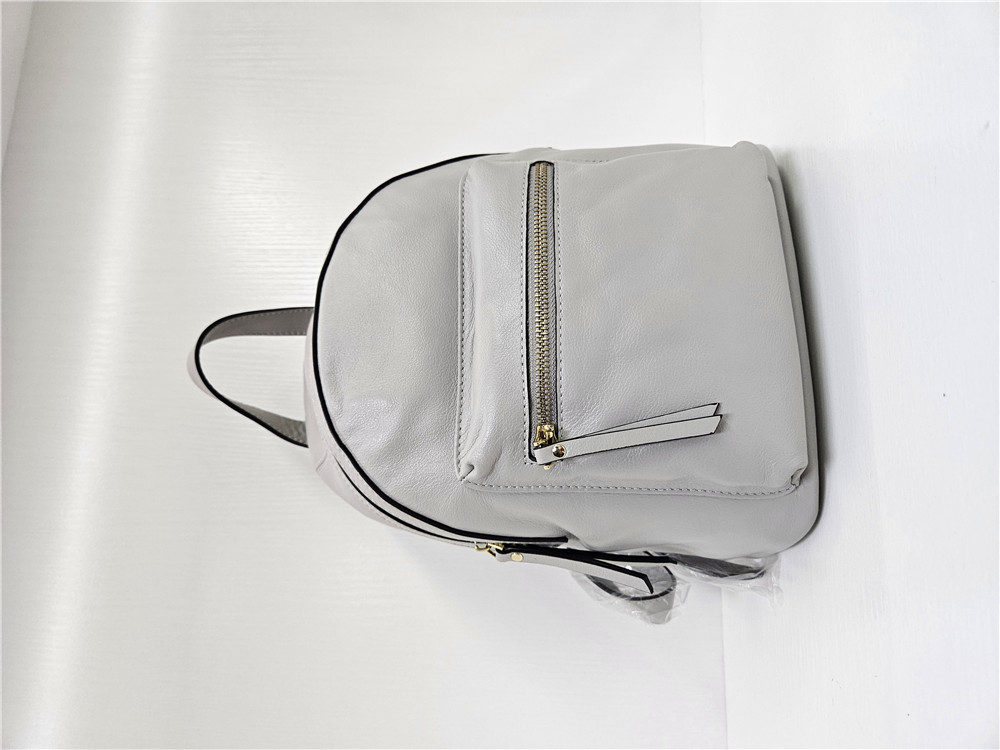 ADDRESS:No. 6 Ouhua 1st Street, Europe Industrial Park,Shiling Town, Huadu District, Guangzhou City 510850 CHINA
ADDRESS:No. 6 Ouhua 1st Street, Europe Industrial Park,Shiling Town, Huadu District, Guangzhou City 510850 CHINA
 +86 186 8204 7592
+86 186 8204 7592
 xr-angelia@xrbags.com
xr-angelia@xrbags.com




Guangzhou Xin Rui Leather Product Co., Ltd.
 ADDRESS:No. 6 Ouhua 1st Street, Europe Industrial Park,Shiling Town, Huadu District, Guangzhou City 510850 CHINA
ADDRESS:No. 6 Ouhua 1st Street, Europe Industrial Park,Shiling Town, Huadu District, Guangzhou City 510850 CHINA
 +86 186 8204 7592
+86 186 8204 7592
 xr-angelia@xrbags.com
xr-angelia@xrbags.com




A handbag is a small to medium-sized bag, typically carried by women, designed for holding personal items such as wallets, phones, cosmetics, keys, and other essentials. It is both a fashion accessory and a functional tool, varying in design, material, and purpose. Handbags are often an expression of personal style, available in various styles such as totes, clutches, crossbody bags, and shoulder bags.

Handbag production involves a multi-step process, from designing to the final assembly. Key steps in handbag manufacturing include:
Designing: This stage involves sketching the handbag's appearance and planning its features, dimensions, and style.
Material Selection: Choosing the appropriate materials such as leather, canvas, or synthetic fabrics.
Cutting: The selected materials are cut into the required shapes using specialized tools or machines.
Sewing: The pieces are stitched together, either by hand or using sewing machines.
Finishing: Details like zippers, buckles, straps, and other accessories are added to complete the handbag.
Quality Control: Each handbag undergoes inspection to ensure it meets the required standards before packaging and shipping.
There are numerous types of handbags, each serving different purposes and occasions. Some of the most common types include:
Tote Bags: Large, open-top bags with handles, suitable for carrying multiple items.
Shoulder Bags: Bags with a long strap that hangs over the shoulder.
Clutches: Small, handheld bags typically used for formal events.
Crossbody Bags: Bags with a long strap that is worn across the body for hands-free convenience.
Backpacks: Worn on the back, ideal for casual or travel use.
Satchels: Structured bags with top handles and often a shoulder strap, suitable for both casual and formal use.
Handbags are used in a variety of settings, including:
Everyday Use: Handbags designed for daily use, such as totes, shoulder bags, and crossbody bags.
Travel: Larger handbags like duffle bags or travel totes that carry more items.
Work: Structured handbags like briefcases and satchels used for professional settings.
Formal Events: Small and elegant bags such as clutches, designed to complement formal attire.
Fashion: High-end designer handbags serve as a fashion statement and are often used as status symbols.

Handbags are essential for their functionality, convenience, and style. They allow individuals to carry necessary items like money, phones, makeup, and documents in an organized manner. Additionally, handbags contribute to personal expression, as they come in various designs and materials that reflect the user’s personality and fashion preferences.
Handbags can be made from a wide range of materials, each offering different benefits. Common materials include:
Leather: Known for its durability and luxurious feel. It's popular for high-end handbags.
Canvas: Lightweight, durable, and easy to clean, often used for casual bags.
Synthetic Fabrics: Materials like nylon or polyester, which are cost-effective, lightweight, and water-resistant.
Suede: A soft, delicate form of leather, ideal for luxurious and stylish handbags.
Vegan Leather: Made from polyurethane or other synthetic alternatives, offering an eco-friendly option.
A handbag manufacturer is a company or factory responsible for producing handbags at various scales, from small artisanal workshops to large-scale industrial facilities. These manufacturers specialize in creating bags according to design specifications, ensuring quality control, and often handling bulk orders for brands and retailers.
Handbag manufacturers typically follow these steps in the production process:
Material Sourcing: Procuring raw materials like leather, fabric, and hardware.
Prototyping: Creating a sample bag based on the designer’s specifications.
Production Planning: Organizing the production process, including setting deadlines and assigning tasks.
Cutting and Sewing: Cutting the material and stitching the pieces together.
Assembly: Adding hardware such as zippers, buttons, and handles.
Inspection: Performing quality checks to ensure all bags meet the desired standards.

Several international exhibitions showcase handbags and leather goods, bringing together designers, manufacturers, and retailers. Notable exhibitions include:
Mipel: Held in Milan, Italy, this is one of the largest trade fairs for leather goods, showcasing the latest trends in handbags and accessories.
Lineapelle: Another Milan-based exhibition focused on leather, accessories, components, and synthetics for the fashion industry.
Première Classe: Held in Paris, this event is a premier platform for high-end leather goods and accessories, including handbags.
The Leatherworld Middle East: A leading exhibition in Dubai for leather goods and fashion accessories.
Effective production process management is essential for handbag manufacturers to ensure smooth operations and high-quality results. This includes:
Workflow Optimization: Streamlining the manufacturing process to reduce waste and increase efficiency.
Inventory Management: Properly managing materials and finished products to meet demand without overstocking.
Quality Control: Implementing strict quality checks at every stage of production to maintain consistent product standards.
Time Management: Ensuring that production schedules are met to deliver products on time.
A comprehensive supply chain management system ensures timely material sourcing and efficient product delivery. Manufacturers can achieve this by:
Building Strong Supplier Relationships: Partnering with reliable suppliers to ensure a steady flow of quality materials.
Inventory Control Systems: Implementing automated systems to track stock levels and prevent shortages or overstocking.
Efficient Logistics: Collaborating with logistics partners to ensure timely shipping of materials and final products.

The operation of handbag production equipment includes:
Cutting Machines: Used to cut leather or fabric into precise shapes according to the bag’s design.
Sewing Machines: Industrial sewing machines are used for stitching the bag’s parts together.
Embossing and Printing Machines: These add logos or patterns to the bag’s surface.
Riveting and Eyelet Machines: Used to attach hardware like rivets, zippers, and metal rings.
A handbag production environment should meet the following standards:
Clean and Well-Ventilated Workspace: To ensure the quality of materials and prevent dust accumulation.
Ergonomic Workstations: For worker comfort and productivity.
Safety Protocols: To protect workers from equipment-related injuries and ensure compliance with industry regulations.
Climate Control: Proper humidity and temperature control to preserve the quality of sensitive materials like leather.
Handbag exterior design is a crucial aspect of its appeal and functionality. Designers consider:
Shape and Structure: The overall silhouette of the bag, whether it's structured or slouchy, impacts both aesthetics and function.
Color and Material: The color palette and texture of materials such as leather or canvas are selected to align with fashion trends or the brand's identity.
Hardware: Elements such as zippers, clasps, and buckles not only provide functionality but also add to the bag’s visual appeal.
Decorative Elements: Embroidery, embossing, or stitching details can elevate the design and create a unique look for the handbag.
